After exploring the Fender Esquire for a full year, it's now time to turn our attention to the venerable Telecaster. Over the next few months, we'll explore Tele pickups, various factory wirings, and, of course, Tele mods. But first, let's review our Tele history and get some insights from one of the best Tele masters alive, Greg Koch.
After producing the two-pickup Esquire (for details on this transitional guitar, read “The Two-Pickup Esquire Wiring" in the April 2013 issue), Fender's next model was the Broadcaster. Basically, this was an evolution of the two-pickup Esquire, only now the guitar sported a one-piece maple neck with an adjustable truss rod.
In early 1951—only a few months after the Broadcaster was officially introduced in late 1950—Fender dropped this name at the request of Gretsch, which had been selling a “Broadkaster" drum kit since 1948. It was Don Randall, the head of marketing for Fender's distribution company, who came up with a new moniker. In the early '50s, television was the big thing in the U.S., so Randall blended “television" with the original Broadcaster name and voilà—the Telecaster. In April 1951, the new name was finally cleared as a trademark and immediately Fender adopted it for their electric guitar.
You might wonder what happened to the Broadcaster between early '51 and April '51. Leo Fender was very pragmatic, and instead of stopping production of his electric solidbody, he simply clipped the Broadcaster name off the headstock decal. So for this period of time, the guitar featured only a Fender logo on the headstock. Theoretically, he could have stopped this practice in April '51, once the new Telecaster trademark had been cleared for public use. But Leo Fender was not a man to waste anything, so workers happily kept on using clipped Broadcaster decals until they ran out in early August 1951. Today, these guitars are known as “Nocaster" models. I own an original '51 Nocaster and seeing its headstock always makes me smile.
Though it's not the first electric solidbody, the Telecaster is without doubt the first commercial electric guitar manufactured in large quantities. The Tele is an American icon and a product of the pioneering, post-World War II days, where companies had to struggle with limited availability of materials and machines. But Fender met those challenges, and today the Telecaster is built virtually the way it was in the early '50s.
Take a moment to ponder this: What items couldn't be improved since their invention? Do we drive cars that are made like they built them in the '50s? Or do we use a TV, radio, toaster, or a popcorn maker from that time? Yet in more than 60 years, we haven't been able to develop the Telecaster any further. It's a brilliant concept that was mature from the first production run.
In closing, as promised, here's an excerpt from a chat I had with Telecaster guru Greg Koch.
Do you remember the moment you saw
your first Telecaster?
It was probably on the TV show Hee Haw
when I was a kid. Also, I remember the Tele
headstock being burned into my consciousness
from seeing a giant poster in a neighbor's
basement of Jimi Hendrix playing a
white Strat with a Tele maple neck.
When did you get your first Telecaster
and what model was it?
Well, I really wanted a Strat because I was
initially a Hendrix and Clapton fanatic, but
my guitar teacher was selling a white '68
Tele with a maple neck. It was a Fender and
I knew that a Tele was an iconic guitar, so
I wanted it. I had some money saved and
somehow I convinced my dad to pay the
difference. I loved it from the first strum
and a lot of my formative years were spent
playing that guitar. I discovered I loved the
Tele's sound and ergonomics. It wasn't that
I had to have one, it just ended up that way.
Do you still own it?
Unfortunately, years ago I sold it to someone
who gutted it to install humbuckers.
What makes a Tele so special?
It's a durable, primitive tool that encourages
honest and organic musical activity. I
recently returned from Europe and hadn't
played the Tele I brought over there since
I'd been home. Two weeks and one intercontinental
flight later, it was still in tune
when I took it from its gig bag. That's why
I like Telecasters.
What features should a good Telecaster have?
All Teles are sexy to me—they're pretty
hard to mess up. I've always been a fan of
Teles with an ash body and maple neck,
but of late I've been digging ash with rosewood.
For some gigs and sessions I played
a Fender Custom Shop Wildwood “10" '62
Tele Custom with an ash body and a rosewood
fretboard, and it was sublime.
A friend of mine, Rick Land, made me a T-style guitar with a sugar pine body and a rosewood fingerboard and that guitar is a super freak. I like a flatter radius and taller frets. I can pretty much make any Tele work for me, but it helps if they are surf green, fiesta red, Taos turquoise, or lakefront blue.
What albums do you recommend for hot
Telecaster playing?
There are so many! But for starters, Roy
Buchanan, the first Polydor release. The
Byrds Live at the Fillmore, Led Zeppelin's
debut, Danny Gatton Unfinished Business,
Albert Lee Speechless, and anything by
Jimmy Bryant or Albert Collins.
There you have it! Tele insights from a true master. And here's some homework: To prepare for next month's column, unstring your Tele and remove the two pickups. We'll prepare those pickups for future mods, and while we're in there, we'll also look at ways to bust unwanted feedback and make pickup height adjustment procedures a bit easier. Until then, keep on modding!
Dirk Wacker lives in
Germany and is fascinated
by anything related to old
Fender guitars and amps.
He plays country, rockabilly,
and surf music in two
bands, works regularly as a
session musician for a local studio, and writes
for several guitar mags. He's also a hardcore
guitar and amp DIY-er who runs an extensive
website—singlecoil.com—on the subject.


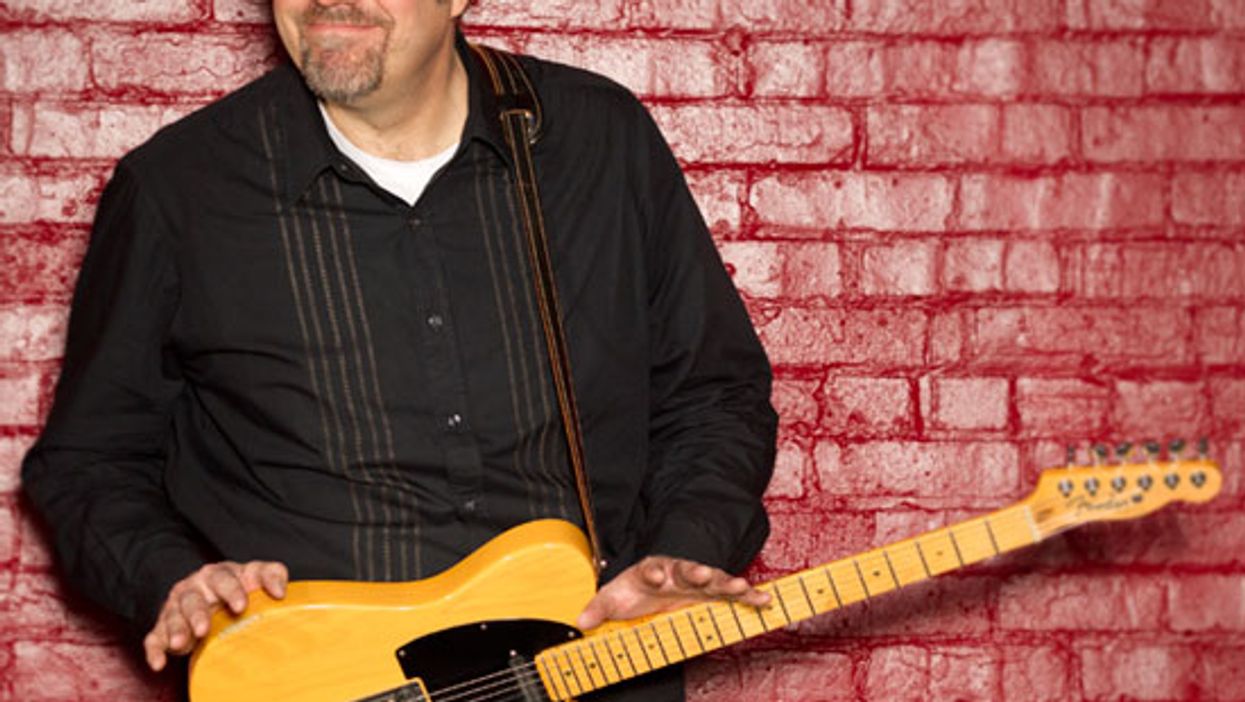


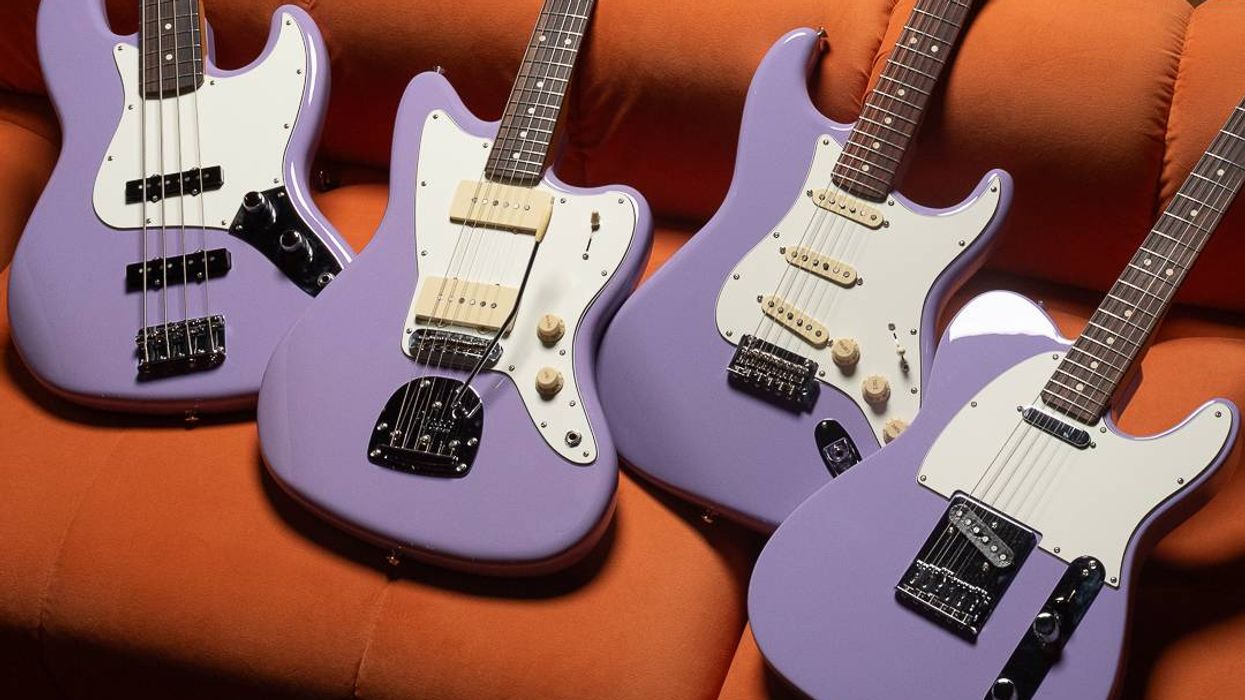
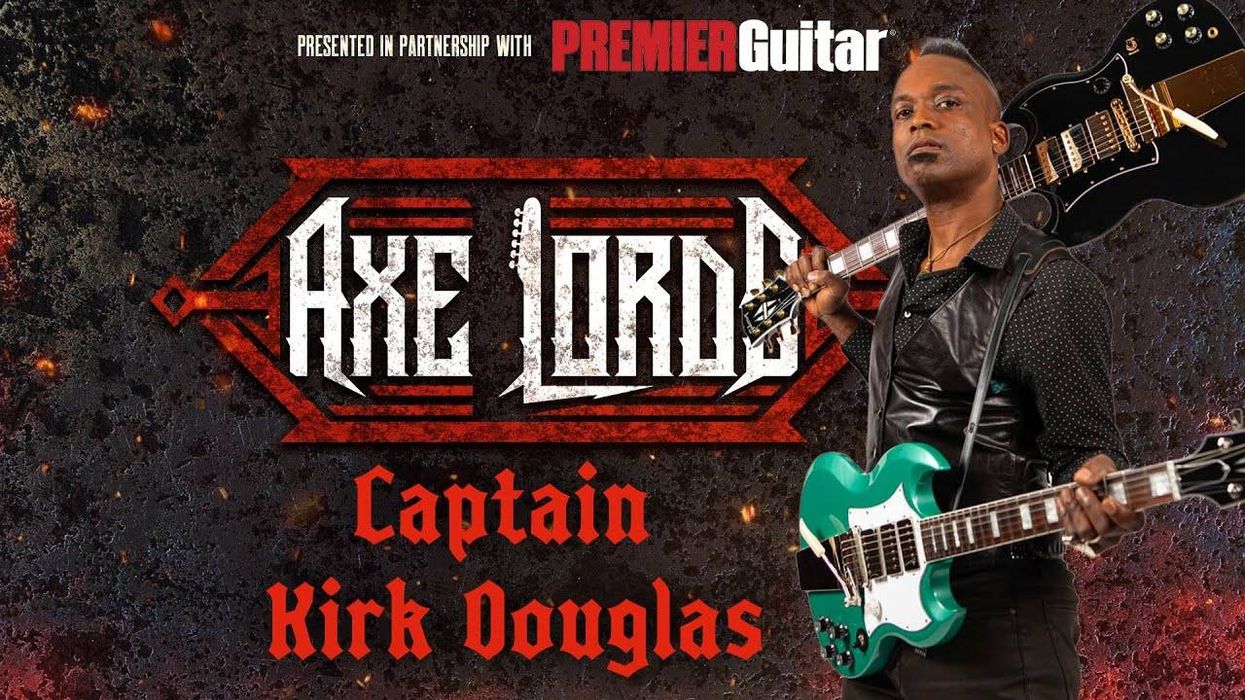
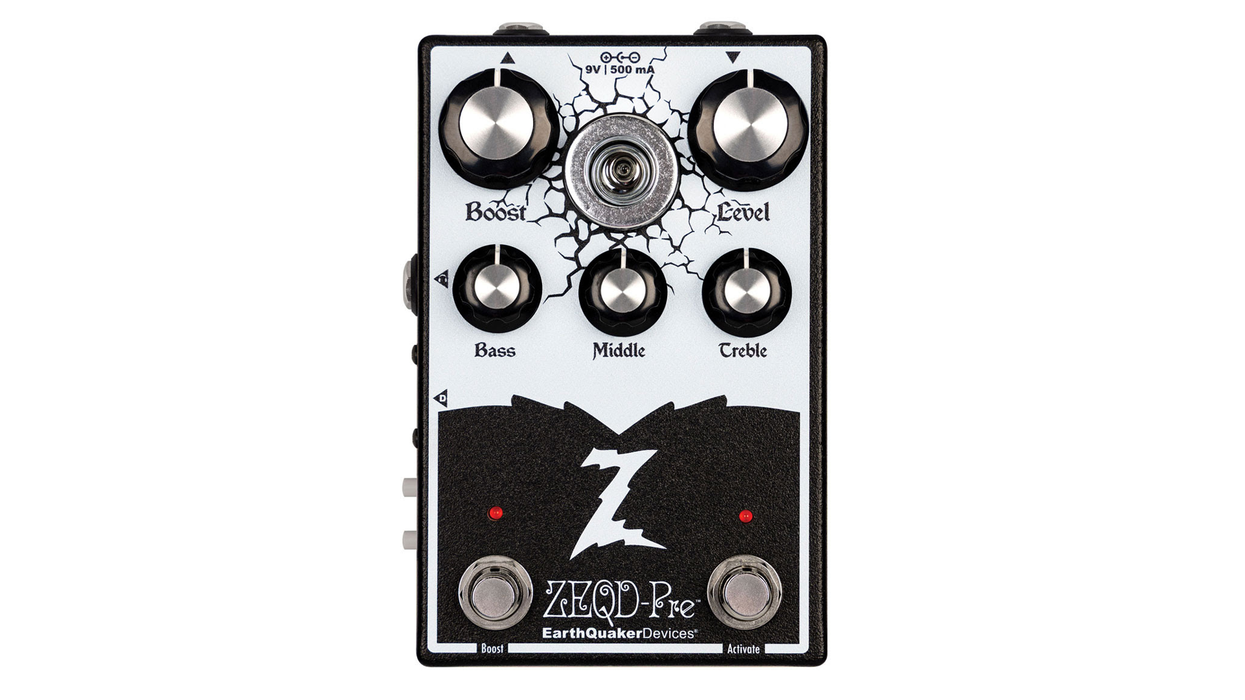
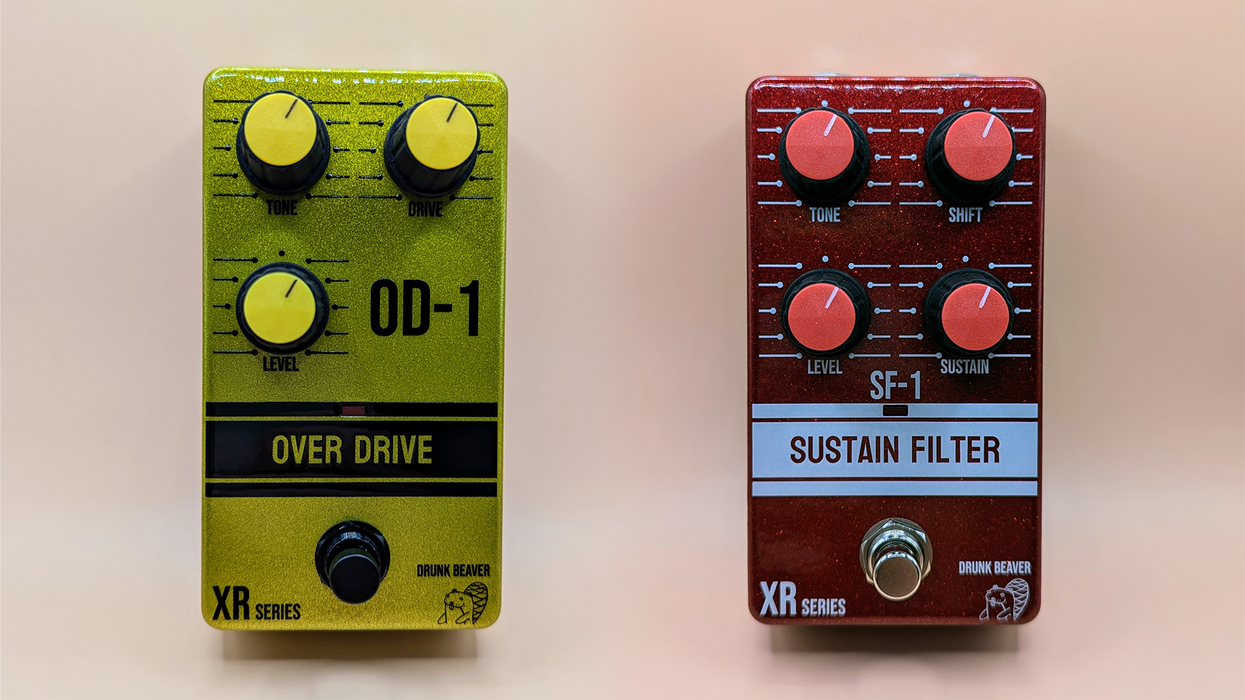









![Rig Rundown: Russian Circles’ Mike Sullivan [2025]](https://www.premierguitar.com/media-library/youtube.jpg?id=62303631&width=1245&height=700&quality=70&coordinates=0%2C0%2C0%2C0)








